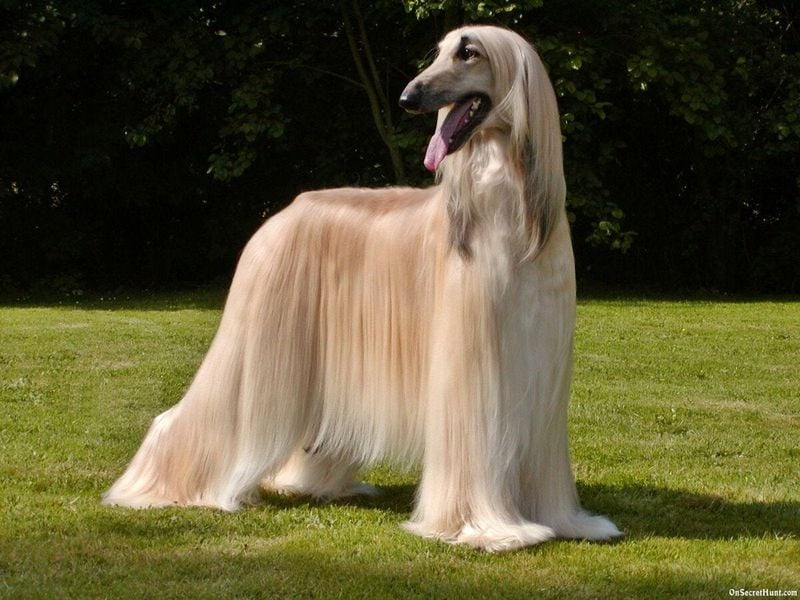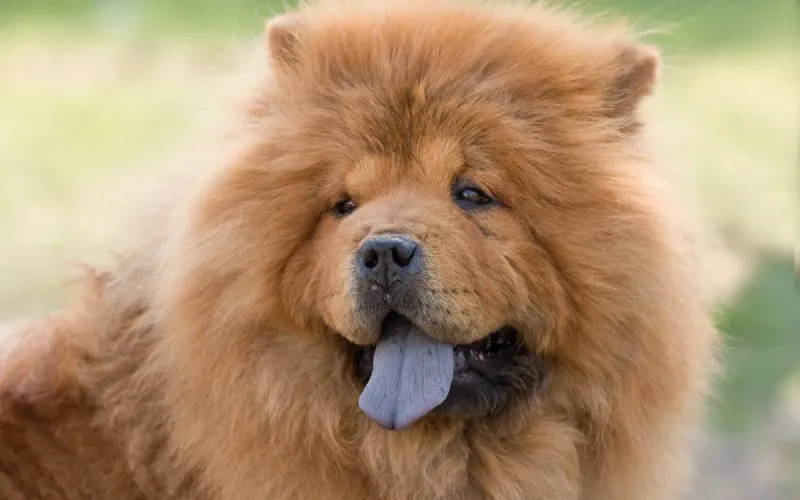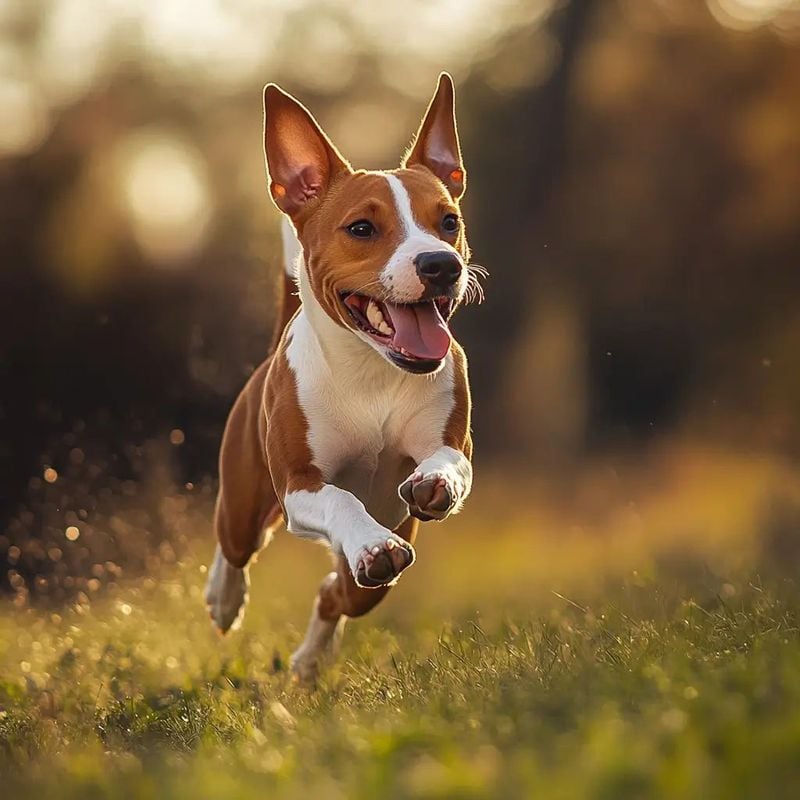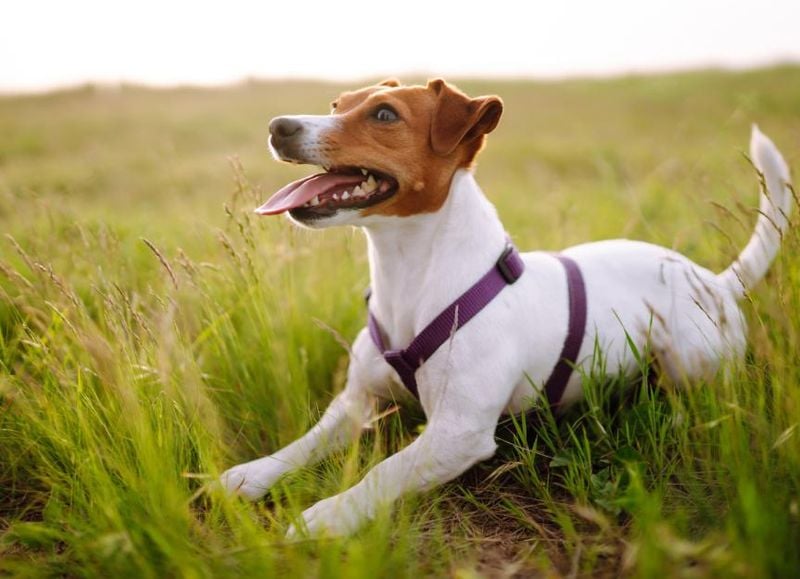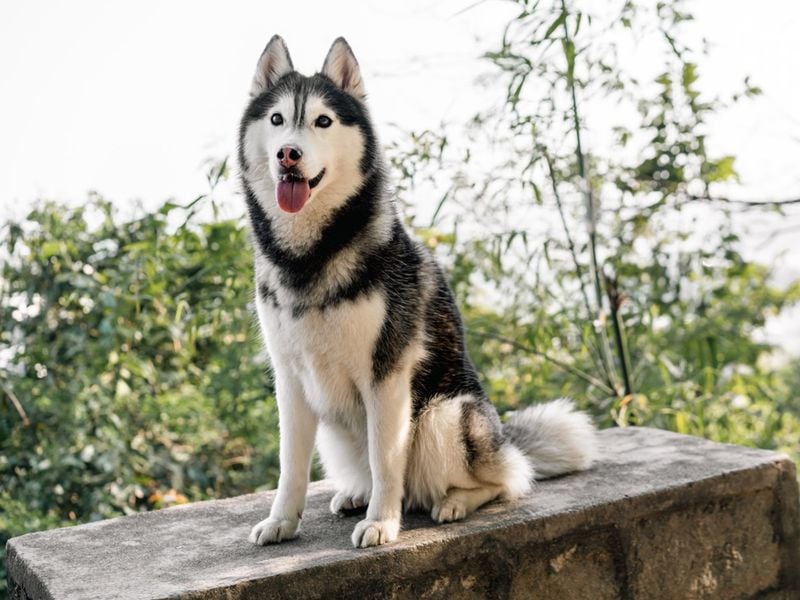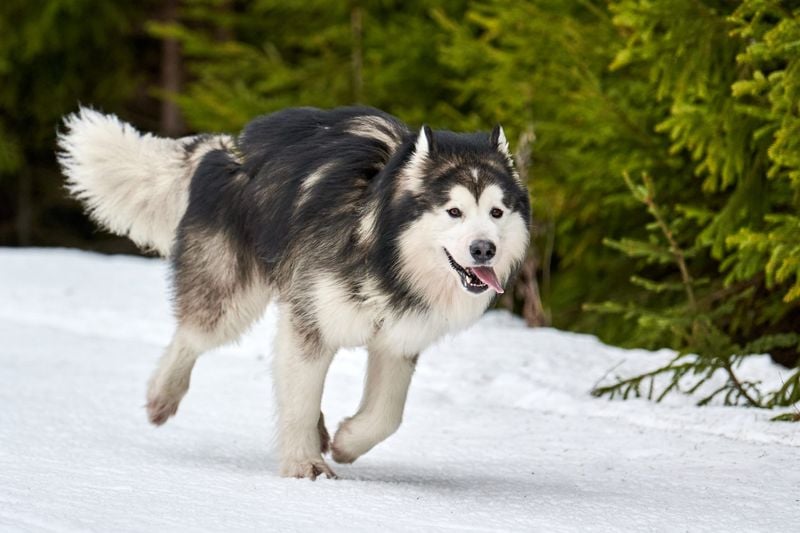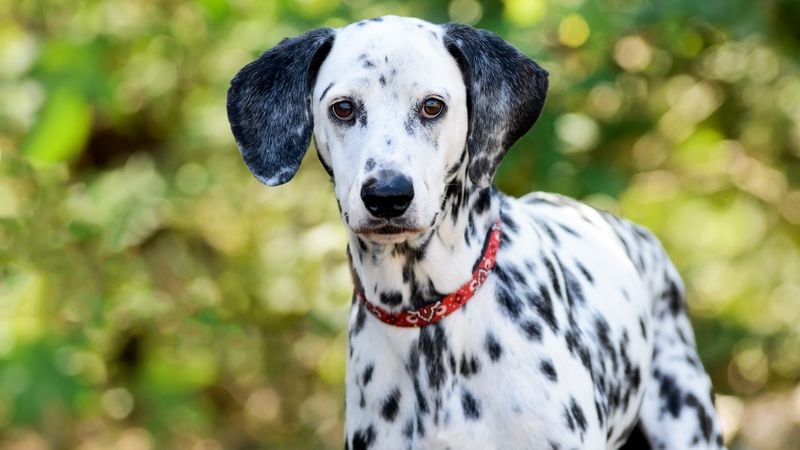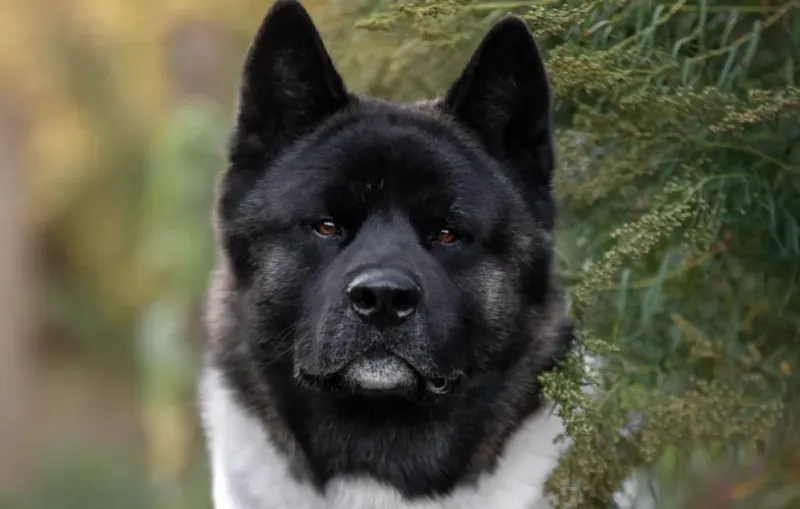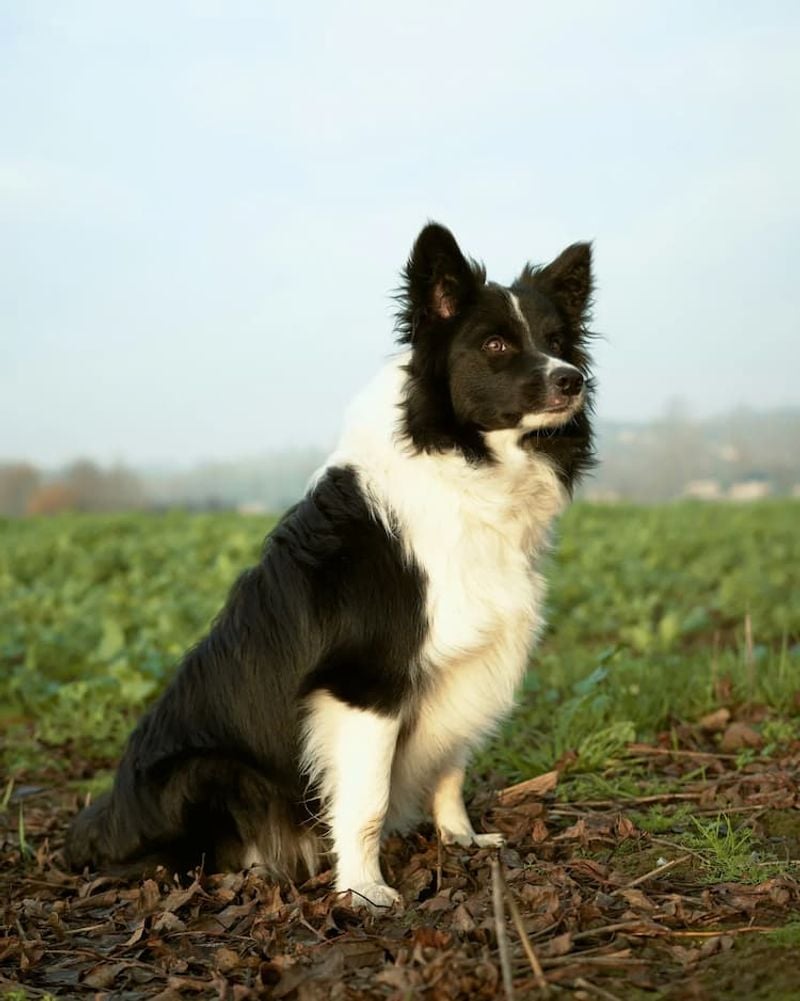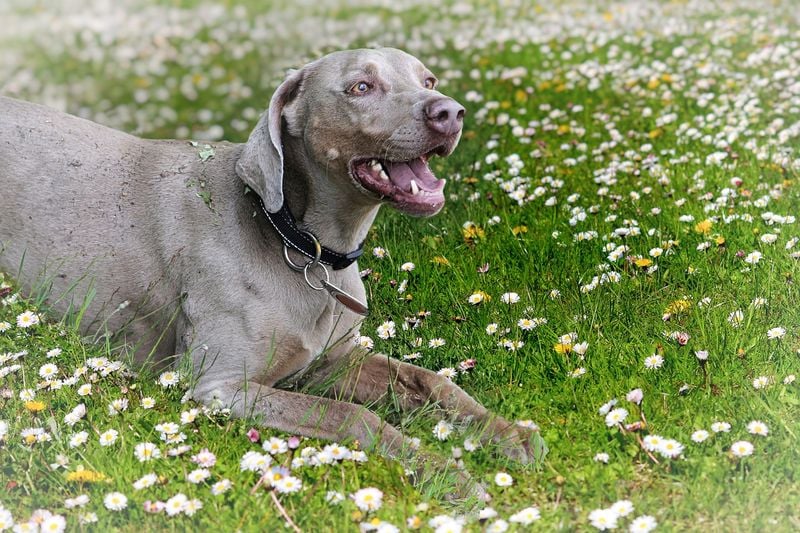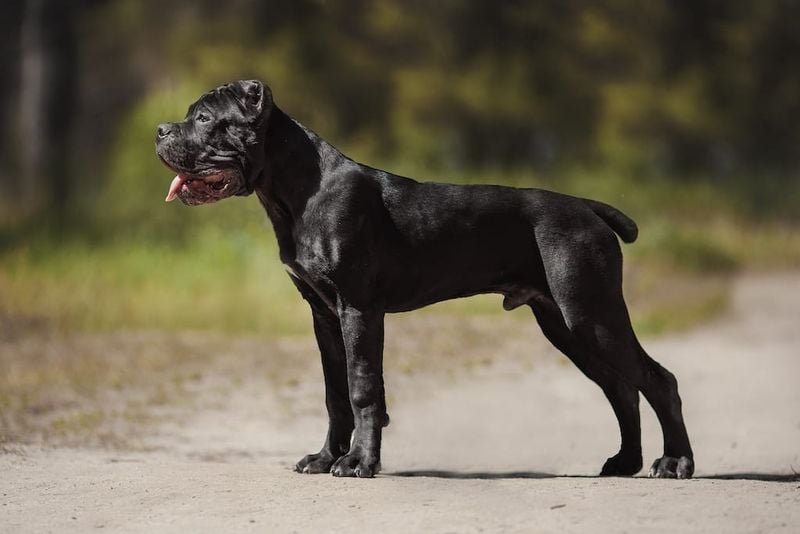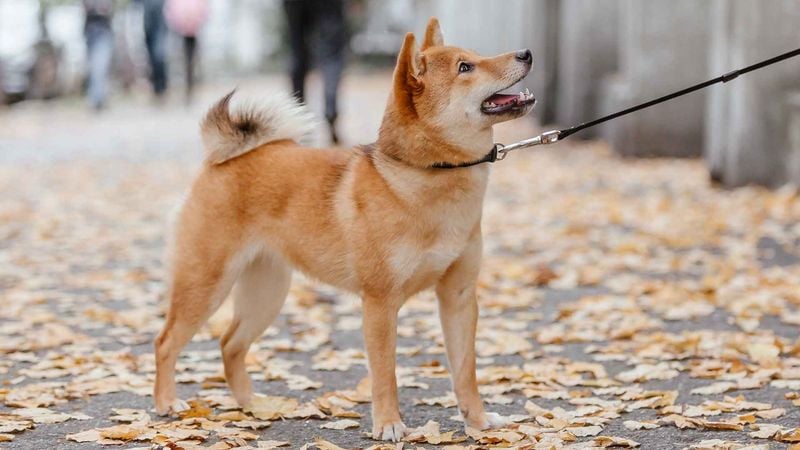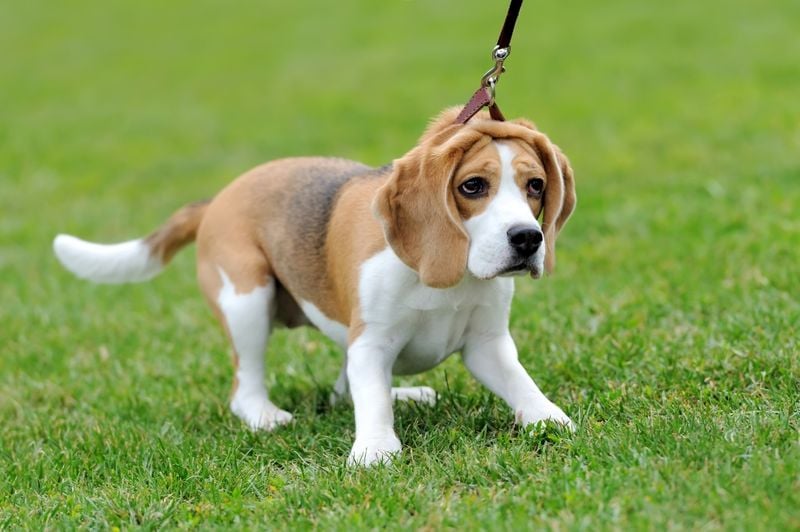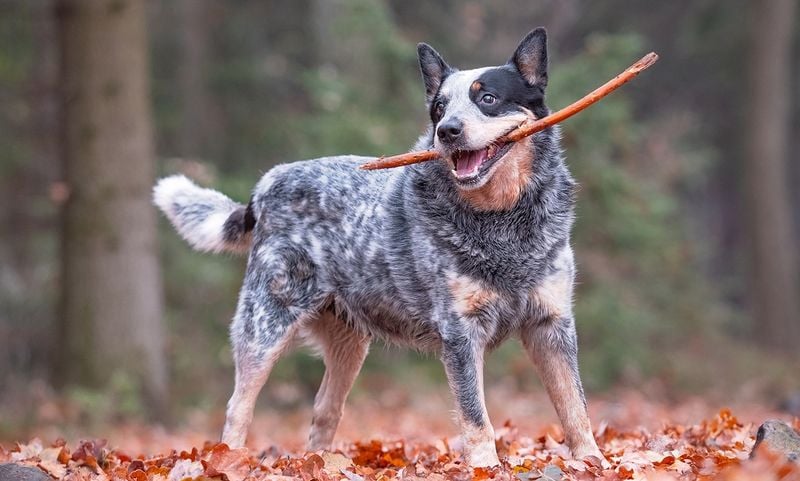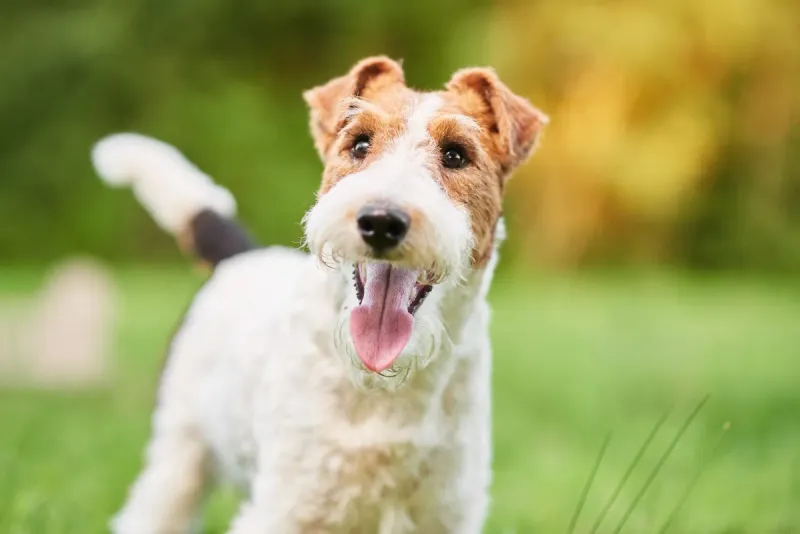Dog Trainers Say These 18 Breeds Are the Hardest to Raise
Getting a dog is exciting—there’s no denying the joy a four-legged friend brings into a home. But before you fall in love with those puppy-dog eyes or a breed’s striking good looks, it’s important to consider the long-term reality of dog ownership. Not all breeds are created equal when it comes to trainability, temperament, and everyday care.
Some dogs thrive on structure, consistent training, and hours of daily exercise. Others are fiercely independent, prone to mischief, or require specialized grooming that can quickly overwhelm even the most devoted owners. That’s why professional dog trainers and veterinarians often caution new pet parents to do their research—not every adorable pup is a good match for every household.
From high-energy working breeds to aloof, stubborn companions, certain dogs come with more than their fair share of challenges. While every individual dog is unique, some breeds tend to be more difficult across the board, especially for first-time or unprepared owners.
These 18 dog breeds consistently rank among the hardest to raise according to experts. Whether it’s due to their sky-high energy levels, stubborn nature, or need for constant stimulation, they’re best suited for experienced handlers who know what they’re getting into. If you’re thinking about expanding your furry family, consider this your must-read guide to the breeds that might just run the household instead of fitting into it.
1. Afghan Hound: The Royal Challenger
Behind those elegant flowing locks lies a stubborn, independent spirit that frustrates many owners. Afghan Hounds were bred to hunt independently, making them naturally resistant to commands.
Their grooming needs are intense – expect hours of brushing weekly to prevent painful mats and tangles. Without proper exercise, these athletic dogs become destructive and difficult to manage.
Training requires creativity and patience since Afghan Hounds quickly lose interest in repetitive exercises. Many trainers recommend positive reinforcement with high-value treats, but even then, success isn’t guaranteed with these beautiful but headstrong companions.
2. Chow Chow: The Aloof Guardian
Resembling fluffy lions with their distinctive blue-black tongues, Chow Chows present unique training challenges. Their naturally suspicious nature makes socialization absolutely critical from puppyhood, yet many remain standoffish with strangers despite best efforts.
Strong-willed and independent, Chows often question why they should follow commands rather than simply complying. Their thick double coat requires extensive grooming and they’re prone to overheating in warm weather.
Health issues like hip dysplasia and entropion (painful eyelid rolling) add to care difficulties. While fiercely loyal to their chosen person, their stubborn temperament tests even experienced dog owners.
3. Basenji: The Barkless Puzzle
Known as the “barkless dog,” Basenjis compensate with an array of yodels, howls, and mischievous behaviors that challenge even seasoned owners. These ancient hunting dogs possess cat-like independence and cleanliness but struggle with traditional obedience training.
Escape artists by nature, Basenjis require secure fencing at least 6 feet high. Their high prey drive means small pets may become targets, and their problem-solving intelligence often leads to creative household destruction when bored.
Basenjis form strong bonds with their families but remain aloof with strangers. First-time dog owners often find their stubborn determination and energy levels overwhelming.
4. Jack Russell Terrier: The Energizer Bundle
Compact but explosive, Jack Russell Terriers pack more energy into their small frames than most owners anticipate. Originally bred for fox hunting, these dogs have an exercise requirement that seems nearly impossible to satisfy.
Their intelligence works against untrained owners – bored Jacks quickly learn destructive behaviors and escape routes. Mental stimulation is just as crucial as physical exercise, with many requiring puzzle toys and complex training to stay balanced.
Their strong prey drive makes them challenging in multi-pet households. Despite their popularity in movies and TV shows, trainers consistently rank Jack Russells among the most surrendered breeds when owners can’t match their intensity.
5. Siberian Husky: The Escape Artist
Those striking blue eyes hide a mind constantly plotting the next great adventure – usually without you. Huskies were bred to run for miles pulling sleds, making their exercise needs extraordinarily high compared to most family pets.
Their escape-artist tendencies are legendary among trainers. Huskies can dig under, climb over, or chew through standard fencing with remarkable determination. Vocal and expressive, their howling conversations can trigger noise complaints in suburban settings.
Traditional obedience methods often fail with huskies, who question the point of commands like “stay” when there’s a whole world to explore. Their thick double coat sheds massively twice yearly in an event owners call “blowing coat.”
6. Alaskan Malamute: The Power Puller
Malamutes combine impressive strength with stubborn independence, creating training challenges that overwhelm unprepared owners. Weighing up to 100 pounds, these working dogs can easily pull an adult off their feet when untrained – making early leash manners essential yet difficult to establish.
Their thick double coat requires extensive grooming and sheds profusely. Malamutes need substantial daily exercise regardless of weather conditions, becoming destructive when their energy needs aren’t met.
Highly pack-oriented, they challenge household authority and may show aggression toward other dogs, especially same-sex dogs. Their food drive and intelligence make them notorious counter-surfers and garbage raiders despite consistent training.
7. Dachshund: The Stubborn Digger
Don’t let their small size fool you – Dachshunds pack remarkable stubbornness into those elongated bodies. Bred to hunt badgers underground, they possess a tenacity that makes consistent training challenging for casual owners.
Their hunting instincts translate to excessive barking, digging, and chasing small animals. Housebreaking proves particularly difficult, with many Dachshunds requiring years rather than months to become reliable.
Back problems plague the breed due to their unusual body structure, requiring owners to prevent jumping and climbing that comes naturally to these determined dogs. Their intelligence combined with willfulness means they quickly learn which rules they can break when you’re not watching.
8. Dalmatian: The High-Energy Spotter
Made famous by Disney, Dalmatians often surprise owners with their intense exercise requirements and sensitive temperaments. These carriage dogs were bred to run alongside horses for miles, translating to energy levels that overwhelm sedentary families.
Without proper outlets, Dalmatians become destructive and anxious. Their short coat misleads many into thinking they’re low-maintenance, but they shed constantly, leaving white hairs embedded in everything.
Dalmatians can be noise-sensitive and sometimes snappish when startled, making them challenging in busy households with unpredictable children. Genetic health issues including deafness (affecting about 30% of the breed) create additional training hurdles that require specialized approaches.
9. Akita: The Dignified Guardian
Powerful and imposing, Akitas bring ancient Japanese guardian instincts that clash with modern suburban living. Their natural suspicion of strangers requires extensive socialization, yet many remain aloof despite best efforts.
Same-sex aggression is common, making them challenging in multi-dog households. Their hunting background creates a high prey drive that can target smaller pets or neighborhood animals.
Akitas shed profusely twice yearly and drool considerably. Their intelligence makes them quick learners, but also enables them to manipulate inexperienced owners. Trainers note their tendency to test boundaries consistently, requiring owners to maintain calm, confident leadership without resorting to harsh methods that trigger their strong-willed nature.
10. Border Collie: The Workaholic Genius
Consistently ranked among the smartest breeds, Border Collies transform from dream dogs to nightmares without proper mental challenges. Their herding instincts often manifest as chasing cars, bicycles, or nipping at children’s heels – behaviors difficult to redirect.
Border Collies require extensive daily exercise combined with mental stimulation. Without proper outlets, they develop neurotic behaviors like shadow-chasing, tail-chasing, or obsessive barking.
Their intelligence means they quickly learn household routines and become distressed when schedules change. Many trainers report that Border Collies in understimulating environments develop anxiety issues that require behavioral medication – making them paradoxically challenging despite their trainability.
11. Weimaraner: The Velcro Athlete
Nicknamed “gray ghosts,” Weimaraners combine athletic prowess with intense attachment issues that exhaust unprepared owners. Separation anxiety plagues the breed, with many becoming destructive or developing stress behaviors when left alone even briefly.
Their hunting background creates a high prey drive and boundless energy requiring substantial daily exercise. Without proper outlets, Weimaraners become masters of creative destruction, easily opening doors, cabinets, and refrigerators.
Early training is essential but challenging due to their excitable nature and difficulty focusing. Their short coat suggests easy care, but their neediness means they’re rarely low-maintenance in practice. Many trainers consider them inappropriate for working families due to their attachment issues.
12. Cane Corso: The Powerful Protector
Resembling canine gladiators, Cane Corsos bring ancient Roman guardian instincts that require expert handling. Their protective nature turns problematic without extensive socialization, potentially becoming dangerous with poor training.
Weighing up to 120 pounds of solid muscle, physical control becomes impossible once maturity hits. Early and consistent training is non-negotiable, with many trainers recommending professional guidance from puppyhood.
Corsos form intense bonds with their families but remain naturally suspicious of strangers. Their guarding instincts make them challenging in neighborhoods with frequent visitors. Health issues including hip dysplasia and bloat add to ownership demands, making them inappropriate for casual or first-time owners.
13. Shar Pei: The Wrinkled Warrior
Those adorable wrinkles hide a stubborn, independent nature that frustrates many owners. Originally bred for fighting and guarding in ancient China, Shar Peis retain suspicious tendencies toward strangers and other animals.
Their unique wrinkled skin requires special care to prevent painful infections in the folds. Numerous health issues plague the breed, including skin problems, eye conditions, and a fever syndrome specific to Shar Peis.
Training challenges stem from their independent thinking and low desire to please humans for praise alone. Food motivation helps but many remain resistant to basic commands. Their natural territoriality makes them difficult to integrate into households with existing pets.
14. Shiba Inu: The Foxy Rebel
Internet-famous for their “Shiba scream,” these fox-like dogs present unique training challenges that surprise unprepared owners. Primitive and cat-like in independence, Shibas often question why they should follow commands that don’t immediately benefit them.
Their cleanliness and compact size make them appealing for apartments, but their strong prey drive and tendency to bolt when off-leash create safety concerns. Shibas shed profusely twice yearly, releasing their undercoat in spectacular quantities.
Natural resource guarding tendencies make them prone to food aggression without proper training. While loyal to their families, many Shibas remain aloof even with owners, preferring affection on their terms only – a trait many find challenging after expecting cuddly companionship.
15. Beagle: The Nose-Driven Explorer
Those floppy ears and soulful eyes hide a determination that frustrates many owners during training. Bred to track scents for hours, Beagles follow their noses regardless of commands, making reliable recall nearly impossible for many owners.
Their howling vocalizations create neighborhood tensions, especially when left alone. Beagles suffer separation anxiety that manifests as destructive behaviors and excessive barking.
Food motivation makes them easy to reward but also creates a tendency for obesity and counter-surfing. Their scent-driven nature makes housebreaking particularly challenging, with many taking longer than average to reliably eliminate outdoors. Despite their popularity, trainers report Beagles among the most surrendered breeds when owners can’t manage their stubborn streaks.
16. Australian Cattle Dog: The Tireless Worker
Developed to control cattle in harsh Australian conditions, these dogs bring work ethics that overwhelm suburban families. Their herding instincts often manifest as nipping at heels, chasing fast-moving objects, and controlling family members’ movements.
Physical and mental exercise requirements exceed what most owners can provide consistently. Without proper outlets, Cattle Dogs become destructive problem-solvers who redesign homes to their liking.
Their intelligence means they quickly learn household patterns and exploit weaknesses in management. Naturally suspicious of strangers, they require careful socialization to prevent protective behaviors. Their bond with one person often creates challenges in multi-person households where they may ignore commands from non-preferred family members.
17. Bullmastiff: The Gentle Giant with Stubborn Streaks
Weighing up to 130 pounds, Bullmastiffs bring physical challenges alongside their stubborn temperaments. Early training is essential since physical control becomes impossible once fully grown, yet their independent nature makes training frustratingly slow.
Drooling, shedding, and gas production surprise many owners expecting neater companions. Their protective instincts require careful management to prevent inappropriate guarding behaviors against welcome visitors.
Health issues including hip dysplasia, bloat, and cardiac problems create additional care burdens. While naturally gentle with family, their size alone creates safety concerns with children and elderly family members. Many trainers note that Bullmastiffs excel at selective hearing – perfectly understanding commands but choosing when to acknowledge them.
18. Fox Terrier: The Feisty Troublemaker
Small but mighty, Fox Terriers pack terrier tenacity into compact, energetic packages that exhaust many owners. Bred to chase and kill foxes, they retain high prey drives that make them challenging around small pets and unreliable off-leash.
Their barking can become excessive without proper training, creating neighborhood tensions. Digging comes naturally to these earth dogs, with many transforming yards into lunar landscapes despite consistent correction.
Wire-haired varieties require professional grooming every 6-8 weeks. Their intelligence combined with independence creates training challenges – they understand commands perfectly but often choose to ignore them in favor of more interesting pursuits. Many trainers report Fox Terriers as particularly difficult for novice owners despite their manageable size.

